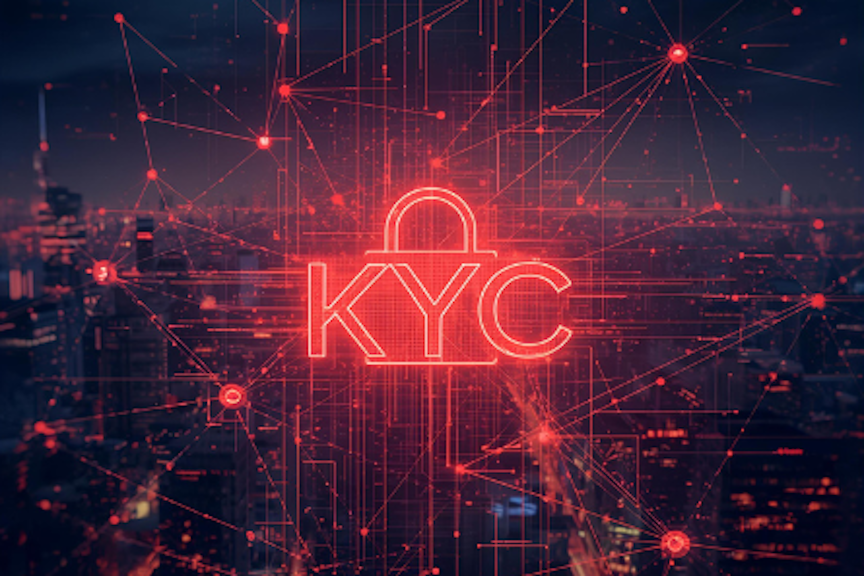18/09/2025 The Urgent Challenge of Identity Fraud

🔒 In an era where almost every aspect of life is connected to the digital world, identity has become both our key to access and our greatest vulnerability. What was once a matter of showing a driver’s license or passport has transformed into a complex system of digital footprints, verification checks, and constant surveillance. Yet despite heavy investments from financial institutions and regulators, fraudsters are evolving faster. They exploit weaknesses in outdated systems, recycle stolen data, and create entire networks designed to bypass controls. The results are alarming: billions of dollars lost every year, millions of victims left exposed, and banks struggling with soaring compliance costs. Identity fraud is no longer a niche problem—it is a global crisis that demands fresh ideas, smarter technologies, and a fundamental shift in how trust is established in the digital economy.
In today’s interconnected world, identity fraud has evolved from a minor concern to a defining issue for financial systems globally. It affects banks, regulators, and individuals, forcing a reevaluation of how trust is established and maintained in the digital age.
🌍 A Global Crisis on the Rise
The scale of identity fraud is staggering. In 2024, the U.S. reported $27 billion in losses, impacting 18 million individuals—a sharp increase from previous years.
- 💸 Rising Costs: billions in annual fraud losses worldwide
- 🏦 Bank Burdens: mid-sized banks spend over a third of their compliance budgets on KYC
- 🔄 Criminal Tactics: mule networks, scam operations, and recycled stolen data
📜 Outdated Rules in a Modern World
Regulatory frameworks struggle to keep pace with evolving threats. In the U.S., identity verification still relies on early 2000s PATRIOT Act requirements—collecting basic details like name, birth date, address, and tax ID.
Europe’s AML directives have been updated, but they remain ill-equipped to fight modern fraud. Recent U.S. changes allow banks to source tax IDs from third parties, but overall, regulations still lag behind criminal innovation.
🕵️ From Fake IDs to Digital Attacks
Identity fraud has moved beyond forged documents. Banks now detect presentation attacks more effectively, but criminals respond with injection attacks—manipulating verification systems through virtual cameras or emulators.
- 🎭 Presentation Attacks: fake IDs and spoofed biometrics
- 💻 Injection Attacks: digital manipulation of video and images
- ⚖️ Uneven Defenses: some institutions are advanced, others still vulnerable
💡 Reimagining Identity Verification
- 🔐 Self-Sovereign Identity (SSI): decentralized, cryptography-based identity controlled by the user; fewer “honey pots” for hackers
- 🔄 Continuous Trust Building: move from “know your customer” to “trust your customer” by monitoring identity signals over time
📊 Measuring Success
One practical way to measure progress is through the underground market. When stolen credentials from a bank cost more on the dark web, it means that bank’s defenses are working.
🚨 A Call for Change
Identity fraud is no longer just a security concern—it is reshaping global finance. With mounting losses, outdated regulations, and rising compliance costs, the need for change is urgent. Decentralized identity systems and trust-based models may offer the way forward, but bold action is needed to stay ahead of the threat.
